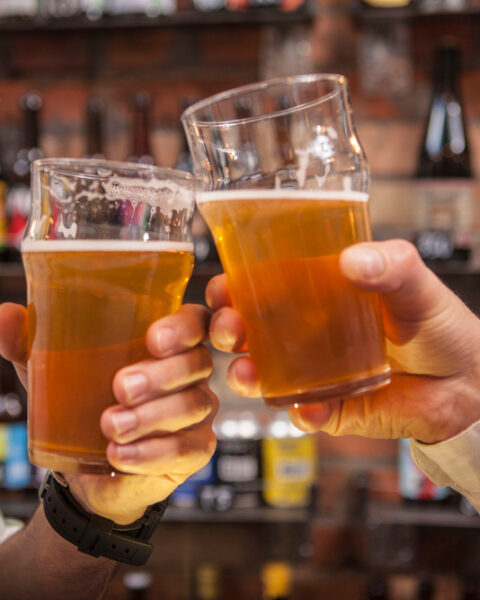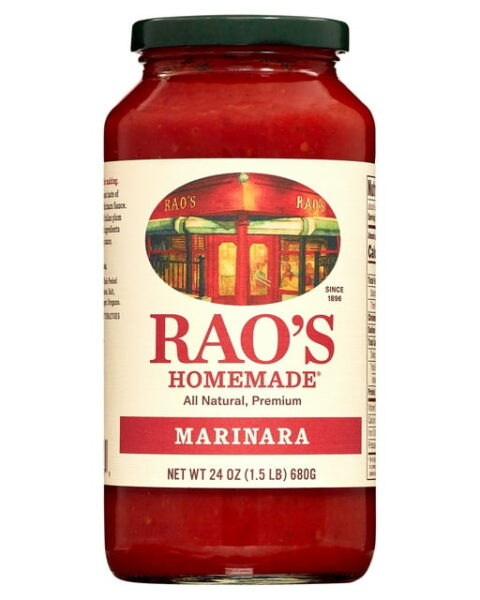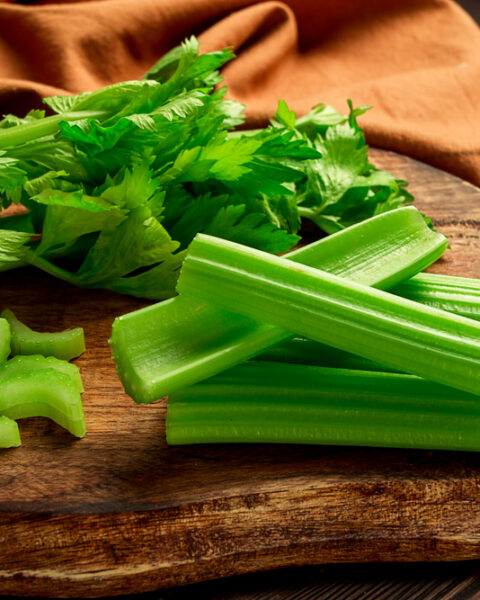Sodas have always been more than just drinks—they’re a part of memories, celebrations, and everyday life. Over the years, some truly unique flavors have come and gone, leaving behind a mix of nostalgia and curiosity. Let’s take a walk down memory lane and revisit these iconic flavors that once fizzed on store shelves.
Contents
Crystal Pepsi
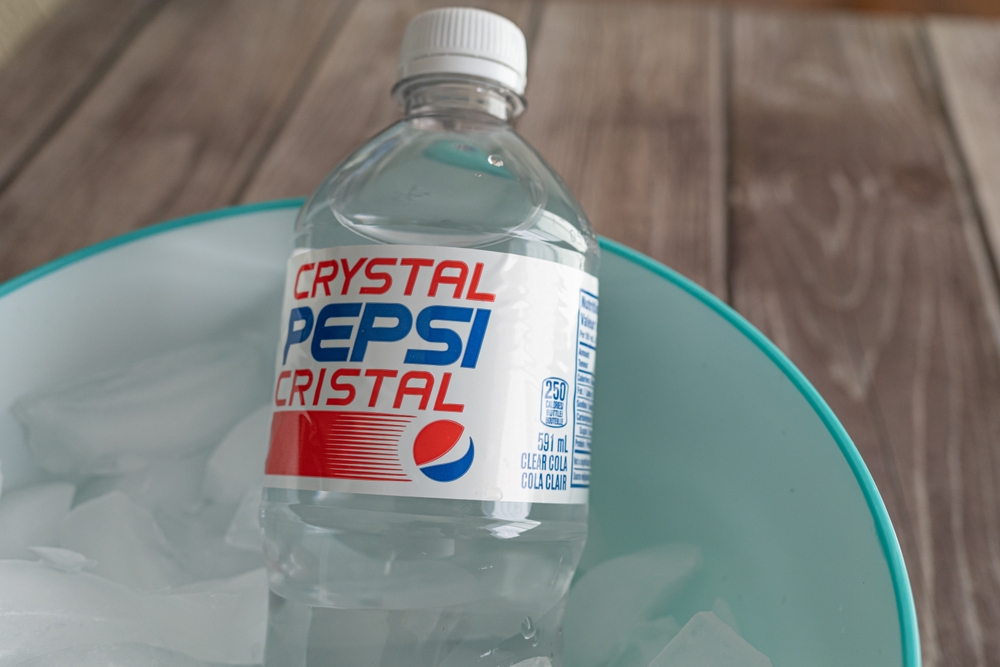
Introduced in 1992, Crystal Pepsi was a clear cola aiming to offer a caffeine-free alternative to traditional dark sodas. Despite a significant marketing push, including a Super Bowl commercial, it was discontinued in 1994 due to declining sales. The beverage made brief comebacks in 2015 and 2016 as limited-time releases, catering to nostalgic fans. Its unique appearance and taste left a lasting impression, making it a memorable part of soda history. The clear cola trend, however, failed to sustain long-term consumer interest.
Pepsi Blue
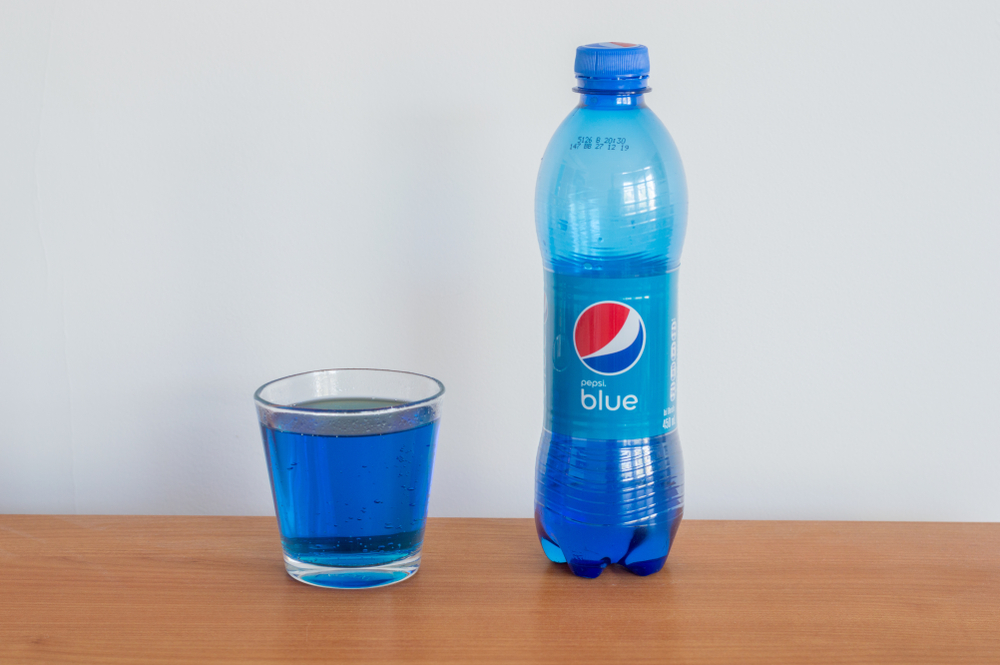
Launched in 2002, Pepsi Blue was a berry-flavored cola with a distinctive blue hue. The beverage was Pepsi’s attempt to capture the youth market with a bold new flavor and color. However, it faced criticism for its use of Blue #1 dye and an overly sweet taste, leading to its discontinuation in 2004. Despite its short lifespan, Pepsi Blue developed a cult following, prompting limited re-releases in select markets years later. Its vibrant color and unique flavor profile remain a topic of nostalgia among soda enthusiasts.
Coca-Cola BlāK
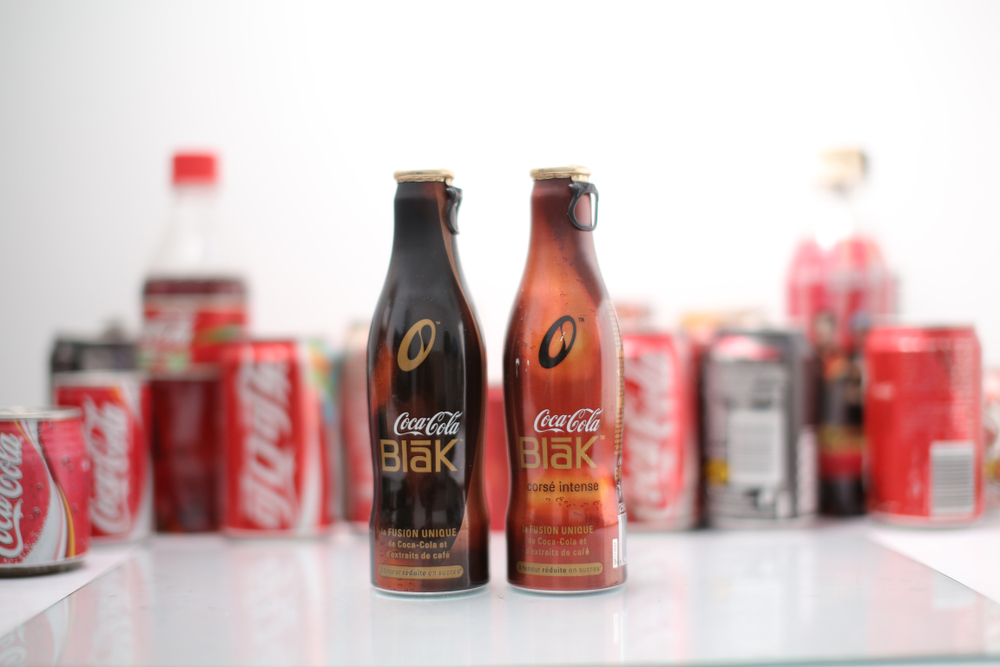
In 2006, Coca-Cola introduced BlāK, a coffee-flavored cola targeting adult consumers seeking a sophisticated beverage. The drink combined the classic Coke taste with coffee essence, aiming to bridge the gap between soft drinks and coffee. Despite initial curiosity, it was discontinued in 2008 due to poor sales and mixed consumer feedback. The concept was ahead of its time, as coffee-infused beverages have gained popularity in recent years. Coca-Cola BlāK’s brief existence highlights the challenges of blending traditional soda flavors with coffee.
Orbitz
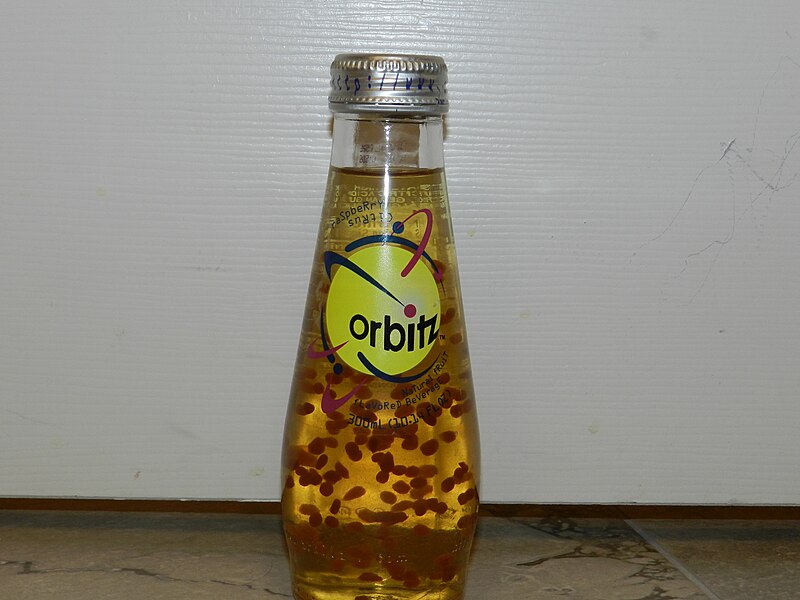
Released in 1997, Orbitz was a non-carbonated fruit-flavored beverage notable for its floating edible balls suspended in the liquid. The unique appearance resembled a lava lamp, making it a visual novelty. However, consumers were divided over its unusual texture and taste, leading to its discontinuation in 1998. Orbitz remains a curious footnote in beverage history, remembered more for its innovative presentation than its flavor. Collectors still seek out unopened bottles as nostalgic memorabilia.
Josta
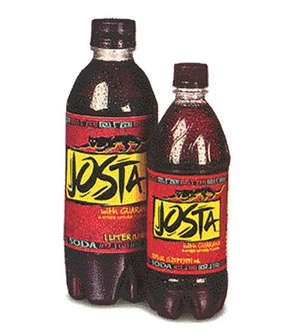
Introduced by PepsiCo in 1995, Josta was the first energy drink marketed by a major U.S. beverage company. It featured guarana and caffeine, offering a unique spiced fruit flavor. Despite a dedicated fan base, Josta was discontinued in 1999, possibly due to limited market appeal and competition. Its early entry into the energy drink market paved the way for future products in the category. Fans have since campaigned for its return, highlighting its lasting impact.
OK Soda
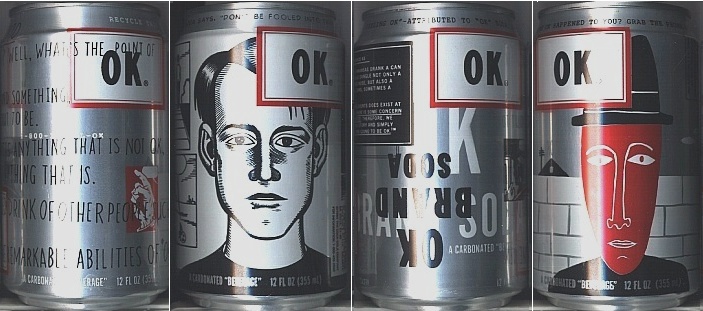
Coca-Cola launched OK Soda in 1993, targeting the Generation X demographic with a marketing campaign that embraced irony and skepticism. The beverage had a citrusy cola flavor and featured avant-garde packaging and advertising. Despite its bold approach, OK Soda failed to resonate with consumers and was discontinued in 1995. Its unconventional marketing is still studied as a case of branding misalignment. The soda’s brief run reflects the challenges of appealing to a cynical audience.
Surge
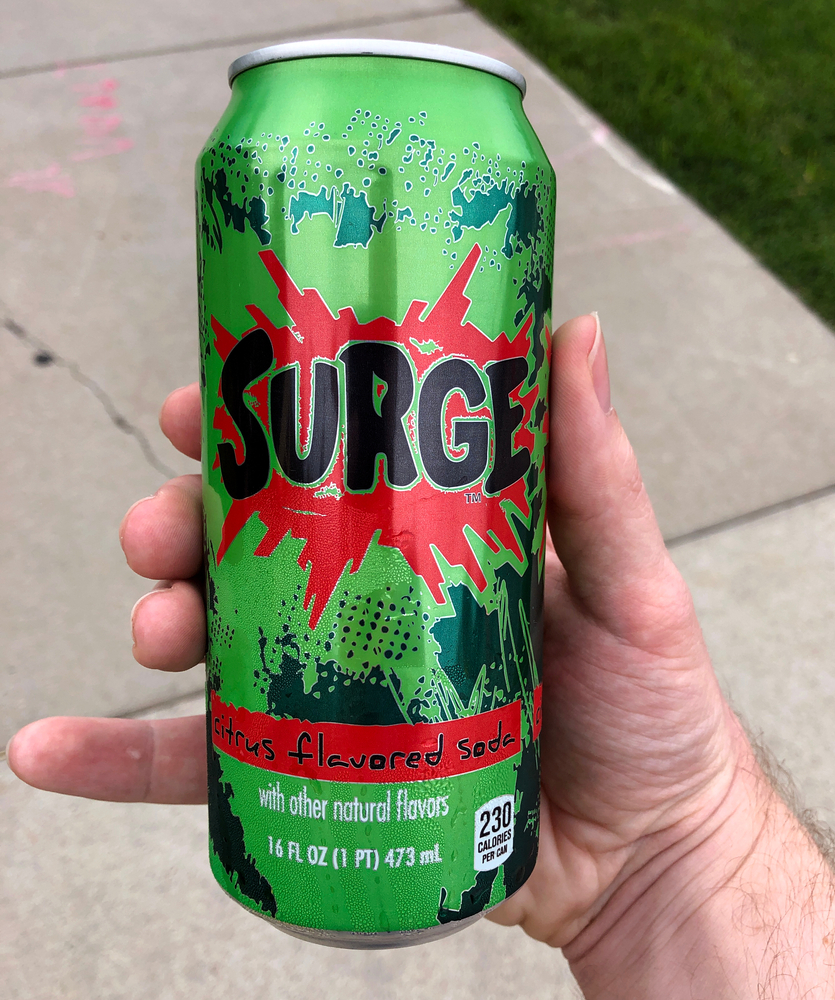
Surge, a citrus-flavored soda introduced by Coca-Cola in 1996, was designed to compete with Pepsi’s Mountain Dew. Marketed as an energy-boosting drink, it gained a loyal following among teenagers and young adults. However, declining sales led to its discontinuation in 2003. Due to fan demand, Surge saw a limited re-release in 2014, primarily through online sales. Its resurgence demonstrated the power of consumer nostalgia in influencing product returns.
Sprite Remix
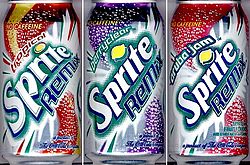
Sprite Remix was introduced in 2003 as a tropical-flavored extension of the classic lemon-lime soda. Flavors included Tropical, Berryclear, and Aruba Jam, each offering a unique twist on the original. Despite initial interest, the line was discontinued in 2005 due to waning consumer enthusiasm. Sprite Remix’s attempt to innovate within the brand showcased the challenges of flavor diversification. Occasional limited-time releases have occurred, but none have achieved lasting success.
7UP Gold
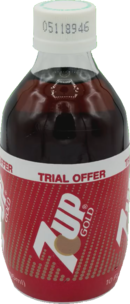
7UP Gold was launched in 1988 as a spiced cola alternative to the traditional lemon-lime soda. The beverage had a darker color and a complex flavor profile, including hints of cinnamon and ginger. Consumers were confused by the departure from 7UP’s signature taste, leading to poor sales. As a result, 7UP Gold was discontinued in 1989, lasting only a year on the market. Despite its failure, it remains an intriguing attempt at diversifying the 7UP brand.
Tab Clear
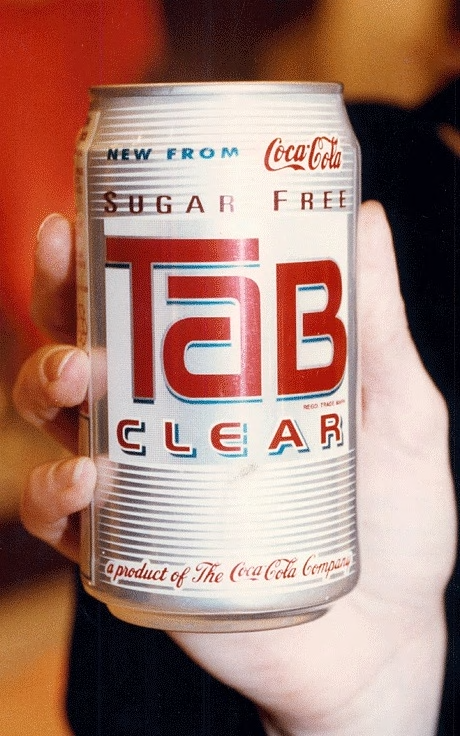
Tab Clear, introduced in 1993 by Coca-Cola, was a transparent, sugar-free cola marketed as an extension of the Tab brand. It aimed to compete with Crystal Pepsi in the growing clear soda trend. Unfortunately, consumers found it too similar to diet sodas, which impacted its appeal. Tab Clear was discontinued in 1994, a victim of unclear branding and limited consumer demand. Despite its brief run, it remains a notable example of the 90s clear soda craze.
Mountain Dew Pitch Black
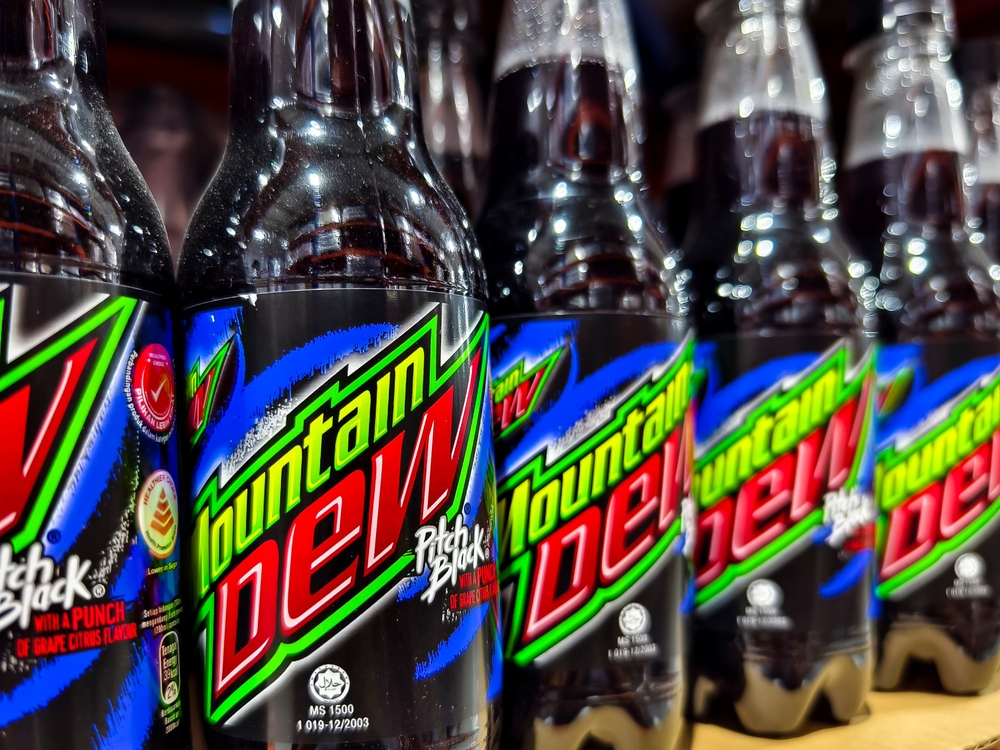
Mountain Dew Pitch Black was launched in 2004 as a grape-flavored variation of the popular soda. Its release was tied to Halloween, and its dark color complemented the spooky theme. Although it gained a loyal fan base, it was discontinued in 2005 due to limited seasonal demand. Several re-releases occurred in subsequent years, keeping the flavor alive in fans’ memories. Its cult following continues to advocate for its permanent return.
New Coke
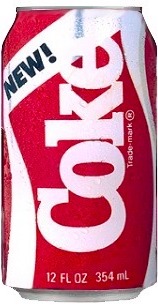
New Coke was one of Coca-Cola’s most controversial launches in 1985, aiming to replace the original formula with a sweeter version. While the company believed it was a modernized improvement, the public backlash was swift and severe. Within months, Coca-Cola reverted to the original formula, branding it Coca-Cola Classic. The debacle became a case study of marketing missteps but also demonstrated consumer loyalty to classic tastes. New Coke briefly reappeared as a limited release in 2019 tied to “Stranger Things.”
This article originally appeared on RetailShout.
More From RetailShout
10 Affordable Fall Workwear Finds at Walmart Under $50

Finding stylish, budget-friendly workwear for fall doesn’t have to be a challenge. With Walmart’s latest collection, you can refresh your office wardrobe without breaking the bank—all under $50! Read More.
20 Must-Try Comfort Foods for a Chilly November Evening

As the days get shorter and the air turns crisp in November, there’s nothing quite like a cozy meal to warm you up. Fall brings with it the perfect excuse to indulge in rich, comforting dishes that make staying in feel special. Read More.
20 Walmart Toys and Games to Snag Before the Holiday Rush Hits
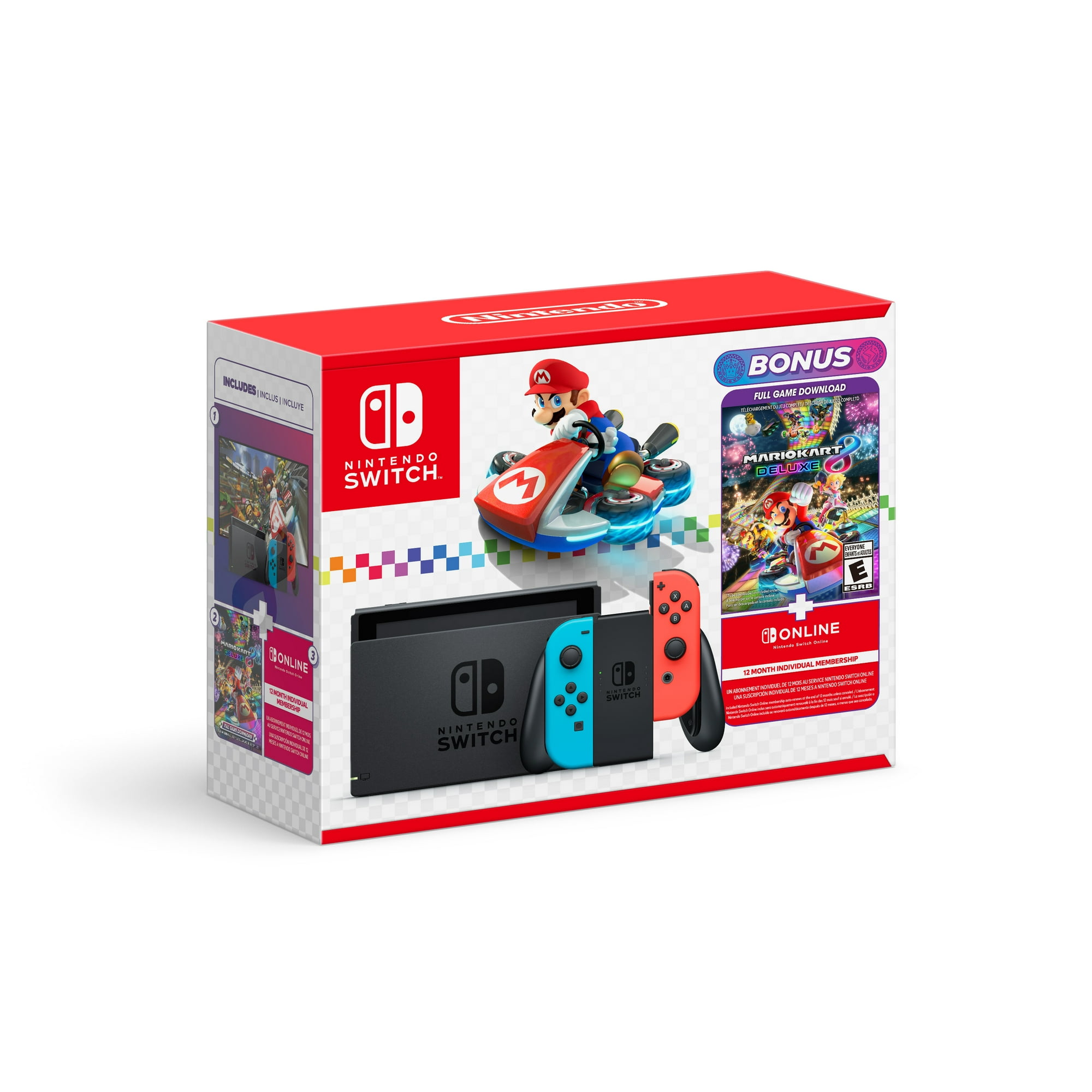
Holiday shopping gets wild, especially when it comes to grabbing the year’s most-wanted toys and games. Walmart has stocked up on some truly awesome finds this season, from classic brands to trendy picks that kids (and even adults) will love. Read More.

